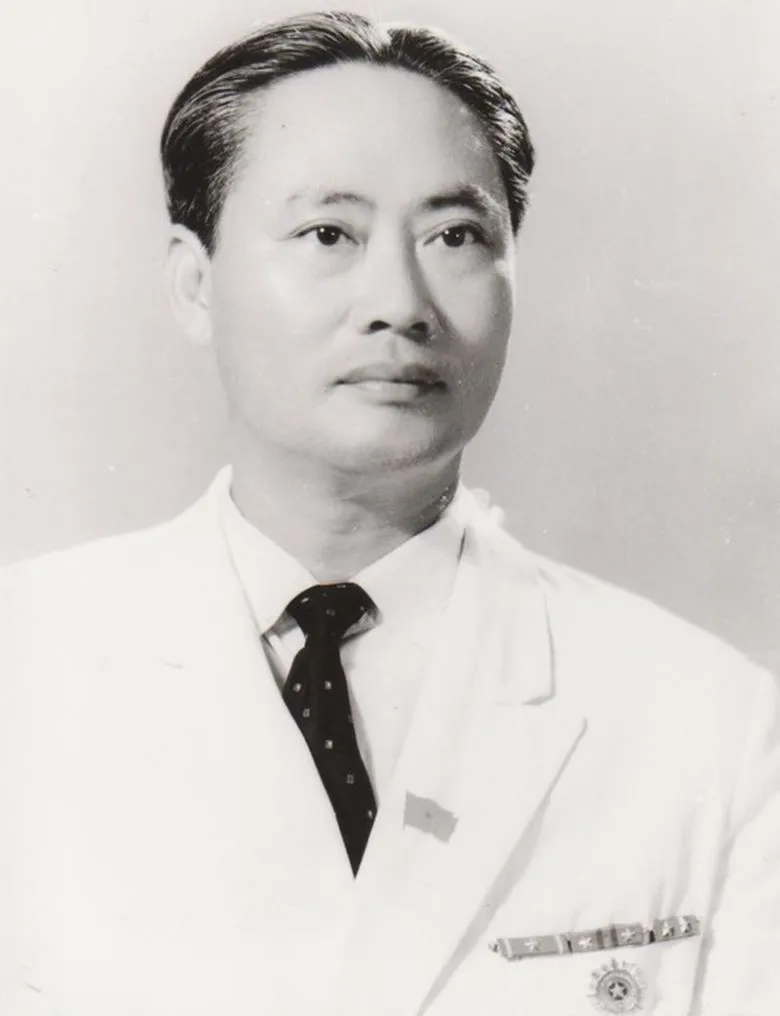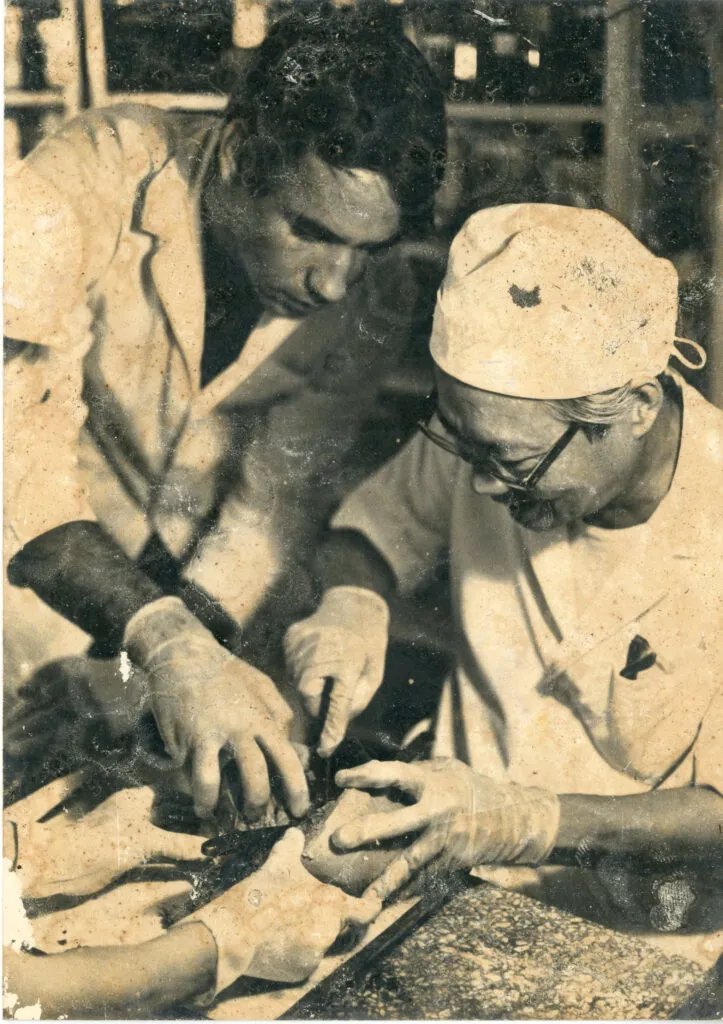Google Doodle honors Vietnam's famous doctor
The doctor, who strove for study and research when Vietnam was under French colonial rule, was the author of world-class medical advancements.
Today, Google Doodle honors the 110th birthday of Dr. Ton That Tung, a Vietnamese innovative surgeon who revolutionized the approach to liver resection surgery around the world.
| Dr. Ton That Tung is a Vietnamese doctor whose liver surgery method saves countless lives globally. Image: Google Doodle |
“Thank you for pushing the boundaries of surgery to change the medical field forever,” the happy birthday message appears on May 10 in Doodle.
Ton That Tung was born in the central province of Thanh Hoa in 1912 as a member of an aristocratic family and attended the Lycée du Protectorate in Hanoi from 1931 and the Medical School from 1935. Until then, the French rule was that local students could only take exams for the outpatient area, but not for the inpatient area.
He lobbied the French colonial government for an admissions procedure for inpatient treatment for natives as well and became the first Vietnamese student to successfully complete it in 1938.
In his four years of postgraduate school between 1935 and 1939, Dr. Tung dissected more than 200 livers and became the first to conduct such meticulous research on the organ, his medical dissertation titled Dissection of Hepatic Tissues. His deep knowledge of liver anatomy helped him realize the traditional approach to liver surgery – a method that took three to six hours to complete – was unnecessarily risky and cumbersome.
With this thesis, he was awarded a silver medal from the University of Paris.
The doctor invented a new surgery method that minimized bleeding by tightening the hepatic veins before the operation, shortening the operation down to only four to eight minutes.
| Dr. Ton That Tung (1912-1982). File photo |
After his finding, Dr. Tung’s research on liver anatomy and surgery was published in The Lancet, a renowned independent, international weekly general medical journal founded in 1823. The article immediately caused a sensation. Within one month after his research was published, over 100 surgeons from Australia and the US mailed letters to Hanoi asking for more advice from the professor.
The effectiveness of this method was shown through a series of liver surgeries. Within two years after his finding, 93 liver operations were conducted in Viet Duc Hospital, Hanoi, in conformity with Prof. Tung’s dissection method, with the mortality rate being 18%, according to Smart Local. In the late 1960s, Ton That Tung’s method of liver surgery started to be applied by surgeons in Italy, Denmark, and Germany.
His groundbreaking technique, commonly known as the “Ton That Tung Method,” is renowned by surgeons globally for its ability to reduce blood loss and save countless lives.
His contributions to an understanding of liver anatomy based on the meticulous dissection of autopsy specimens antedated and rivaled later work by the famous Western anatomists Couinaud, Healey, Schroy, and others. Ton That Tung remains a pioneer in liver anatomy and liver surgery. His commitment to surgical science and, more importantly, to the Vietnamese people stands as a tribute to the tireless pursuit of his ideals, Thomas S Helling and Daniel Azoulay said in the book "Ton That Tung's Livers."
In 1958, Dr. Tung was also the first surgeon in Vietnam to conduct heart surgery on a patient with a cleft mitral valve.
Dr. Tung, with his devotion to medicine, passion for knowledge, and patriotism, has changed the face of Vietnamese medicine.
His son, Prof. Ton That Bach (1946-2004), also pursued medical studies and became one of the country’s most illustrious surgeons.
Prof. Tung teaches a French surgeon how to dissect a liver at Viet Duc Hospital, Hanoi in 1974. File photo |














